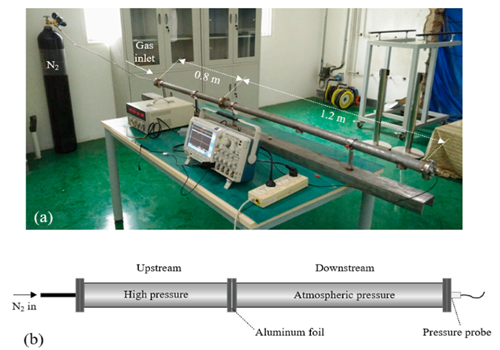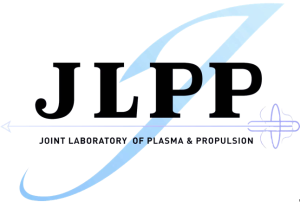Our research
Shcok tube
The current (or voltage) output signal of a pressure sensor has a certain correspondence with the pressure input signal, and this correspondence must be calibrated by a more accurate device, called the process of calibration (or calibration). Usually, before the first use or after a certain period, the pressure sensor must be strictly calibrated to arrive at an accurate correspondence, which includes both static calibration and dynamic calibration. Calibration is particularly important as an essential step in the development and use of pressure sensors.
In general, dynamic calibration of a pressure sensor requires a dynamic excitation pressure signal generation source to produce a standard excitation pressure signal. As a rule of thumb, signals with special properties in mathematics are suitable as excitation signals, and the step signal generated by the excitation tube precisely meets this characteristic. Under the excitation of the excitation tube, it is easy to obtain the time-domain response characteristics of the pressure sensor under test, such as time constant, rise time, etc.; Furthermore, the frequency response characteristics can be derived, so rich information makes the excitation tube considered a wealth of information making the surge tube an ideal step signal generator for pressure sensor calibration experiments.
In recent years, the excitation tube device has developed into one of the main experimental research tools for hypersonic gas dynamics, and it has also gained wide application in basic disciplines such as gas physics and chemical kinetics. With the continuous exploration of researchers, the excitation tube has been successfully applied to the dynamic calibration of pressure transducers, which has gradually become one of the mainstream calibration methods under its simplicity and economic advantages.
A simple shock tube is a tube, rectangular or circular in cross-section, usually constructed of metal, in which a gas at low pressure and a gas at high pressure are separated using some form of diaphragm. See, for instance, texts by Soloukhin, Gaydon and Hurle, and Bradley. The diaphragm suddenly bursts open under predetermined conditions to produce a wave propagating through the low pressure section. The shock that eventually forms increases the temperature and pressure of the test gas and induces a flow in the direction of the shock wave. Observations can be made in the flow behind the incident front or take advantage of the longer testing times and vastly enhanced pressures and temperatures behind the reflected wave. (Wikipedia)
The bellow figure shows the schematic of the shock tube. It can be separated into 5 main parts: gas supplier, upstream of the tube, aluminum foil, downstream of the tube, the outlet of the tube, and a data recorder.

Shock tube of JLPP
Featured articles:
[1] Zhe Z A , Fs A , Gz B , et al. Investigation on operational stability of a pulsed plasma thruster with a pressure probe[J]. Acta Astronautica, 2022.
(Lastly Updated in September, 2022)
